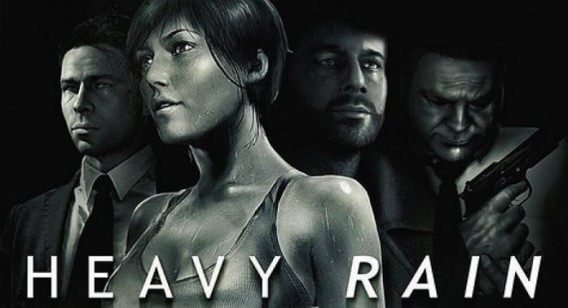 The short cutscenes in Ms. Pac Man developed a simple love story between Pac Man and Ms. Pac Man
The short cutscenes in Ms. Pac Man developed a simple love story between Pac Man and Ms. Pac Man Early video games such as Pong (Atari, 1972) started out with nothing but direct impact from the audience, but this would change in the years to come. Games like Ms. Pac Man (Bally/Midway, 1981) and Donkey Kong (Nintendo, 1981) included short scenes that moved the game forward to the next level. These scenes could be as simple as the big monkey Donkey Kong stealing the damsel-in-distress away from your clutches and to the next floor of the building. Jumping forward a decade and a half, the Sony Playstation toted games with not only fully-rendered CGI scenes but also voice acting. Castlevania: Symphony of the Night (Konami, 1997) featured characters with voices accompanied by text on-screen. Because it was such a recent development at the time, the voice acting in the game was not refined like voice acting in gaming today. Voice acting would become a common inclusion in high-budget video games and more professional actors in the film industry would be hired for projects.
On a smaller scale, YouTube has also been developing a 360 perspective feature that allows the viewer to interact with the video by looking around the surroundings on-screen. This new development would thus bridge the gap between the passive and active media from the other side: making a passive medium more active. CorridorDigital's video, "Where's Waldo 360" places the viewer in different locations and allows them to search for Waldo within a time limit. A video or short film on YouTube can now feel more like an active, immersive video game. As technology advances, film and gaming will continue to change together and offer more unique experiences.
Boxer, Steve. "How video games are transforming the film industry." The Guardian. Nov. 17, 2013. Web. Mar 13, 2016
Welsh, Oli. "Heavy Rain's David Cage: The interactive dramatist on reviews, future plans, orange juice and mud."
EuroGamer. Feb. 17 2010. Web. Mar. 13, 2016






 RSS Feed
RSS Feed
